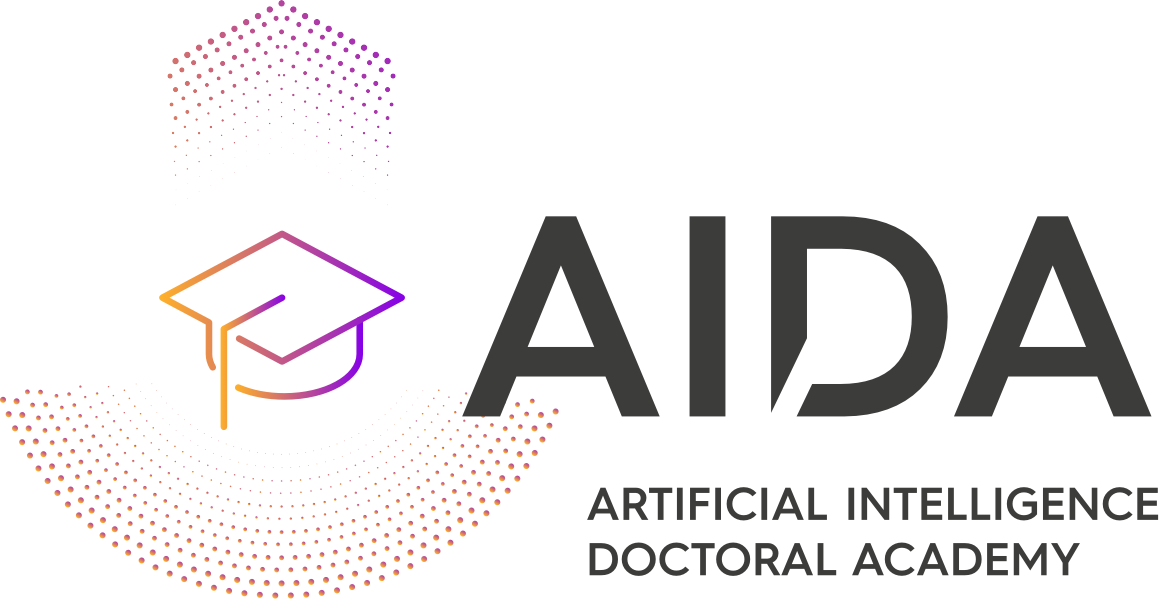Deep learning algorithms for intelligent support of workers
This lecture overviews the use of deep learning-based methods and algorithms for supporting human workers in industrial environments. Deep learning algorithms are increasingly employed in the industrial sector, primarily as a part of advanced systems (e.g., intelligent machines/robots), since they offer effective and reliable solutions for ensuring human workers’ safety and reducing their stress, as well as for increasing the efficiency of the required infrastructure inspection and maintenance activities. In this direction, deep learning techniques can be used to monitor human workers and issue warnings in cases of dangerous behaviors while simultaneously ensuring their privacy, facilitate human worker-robots/machines collaboration, and automate the inspection and maintenance activities by autonomously detecting objects of interest (e.g., damages) and/or recognizing dangerous events/situations. The lecture will offer: a) a brief introduction on the most important deep learning tools (Multi-Layer Perceptrons, Convolutional Neural Networks, Transformers, etc.), b) an in-depth analysis on how these tools are used to develop algorithms for object detection, image segmentation, human pose estimation, and human gesture recognition, and c) real-world application examples in two industrial settings: industrial pipeline inspection and electric power infrastructure inspection.
Lecture by Dr. Christos Papaioannidis.
Visual detection of elongated objects
Visual Detection of Elongated Objects: The application of computer vision to industrial inspection poses a unique challenge in identifying elongated objects that extend beyond the image frame. This lecture offers a comprehensive overview of detection and segmentation techniques, with a particular emphasis on recent advancements in deep learning-based approaches. Throughout the lecture, we delve into the capabilities of these algorithms, showcasing their potential in enhancing the inspection of pipelines and powerlines. By doing so, we aim to demonstrate how these advanced techniques can substantially reduce the human workload and alleviate stress in industrial inspection processes.
Lecture by Dimitrios Psarras.
Drone imaging for industrial infrastructure inspection
This lecture overviews the use of drones for infrastructure inspection and maintenance. Various types of inspection, e.g., using visual cameras, LIDAR or thermal cameras are reviewed. Drone vision plays a pivotal role in drone perception/control for infrastructure inspection and maintenance, because: a) it enhances flight safety by drone localization/mapping, obstacle detection and emergency landing detection, and b) performs quality visual data acquisition. The drone should have: a) increased drone decisional autonomy and b) improved drone robustness and safety mechanisms (e.g., communication robustness/safety, embedded flight regulation compliance, obstacle avoidance). Therefore, it must be contextually aware and adaptive. Drone vision and machine learning play a very important role towards this end, covering the following topics: a) semantic world mapping b) drone and target localization, c) drone visual analysis for target/obstacle/point of interest detection, d) 2D/3D target tracking. Finally, embedded on-drone vision (e.g., tracking) and machine learning algorithms are extremely important, as they facilitate drone autonomy, e.g., in communication-denied environments. Two primary application areas are overviewed: a) industrial pipe damage detection and b) electric line/installation inspection. In the first application, pipe images are analyzed (segmented), damages are detected and are backprojected to the 3D pipe models and/or Lidar data. In the second application, electric line detection is performed and detection/tracking of electric towers and other entities (e.g., electric insulators).
The lecture will offer: a) an overview of all the above plus other related topics and will stress the related algorithmic aspects, such as: b) drone localization and world mapping, c) target detection d) target tracking and 3D localization and e) damage assessment. Some issues on embedded CNN, fast convolution and fast transformer computing will be overviewed as well.
Using Artificial Intelligence and Aerial Robots for defect detection and segmentation in Industrial Inspection of Viaduct
In this lecture, Begoña Arrue, of the GRVC Robotics lab Team, will present the use Artificial intelligence algorithms and tools for inspection analytics that can facilitate the analysis of the data gathered by the aerial robotic systems developed for Industrial Inspection of Viaduct in PILOTING project.
Lecture by Prof. Begoña Arrue.
Aerial Robotics for Industrial Inspection and the SIMAR project contribution
In this lecture, Miguel Ángel Trujillo, the EU SIMAR project coordinator, will present a few of the last European projects on aerial robotic inspection. Also, the talk will focus on how technology has evolved since the first one and the current state of the art. Furthermore, the SIMAR project will be presented, showing the consortium solution for the challenging use cases of pipe inspection for detecting corrosion under insulation.
Lecture by Dr Miguel Ángel Trujillo Soto.
Simulation of forest fires and floods
By using Unreal Engine for the creation of virtual environments we are able to simulate fire and flood scenarios with high accuracy and by using virtual UAVs we collect big virtual datasets. Mixing the virtual data with real-world data and training state-of-the-art machine learning models we hope to be able to detect real-world fires and floods with high precession.
Lecture by Evangelos Spatharis.


